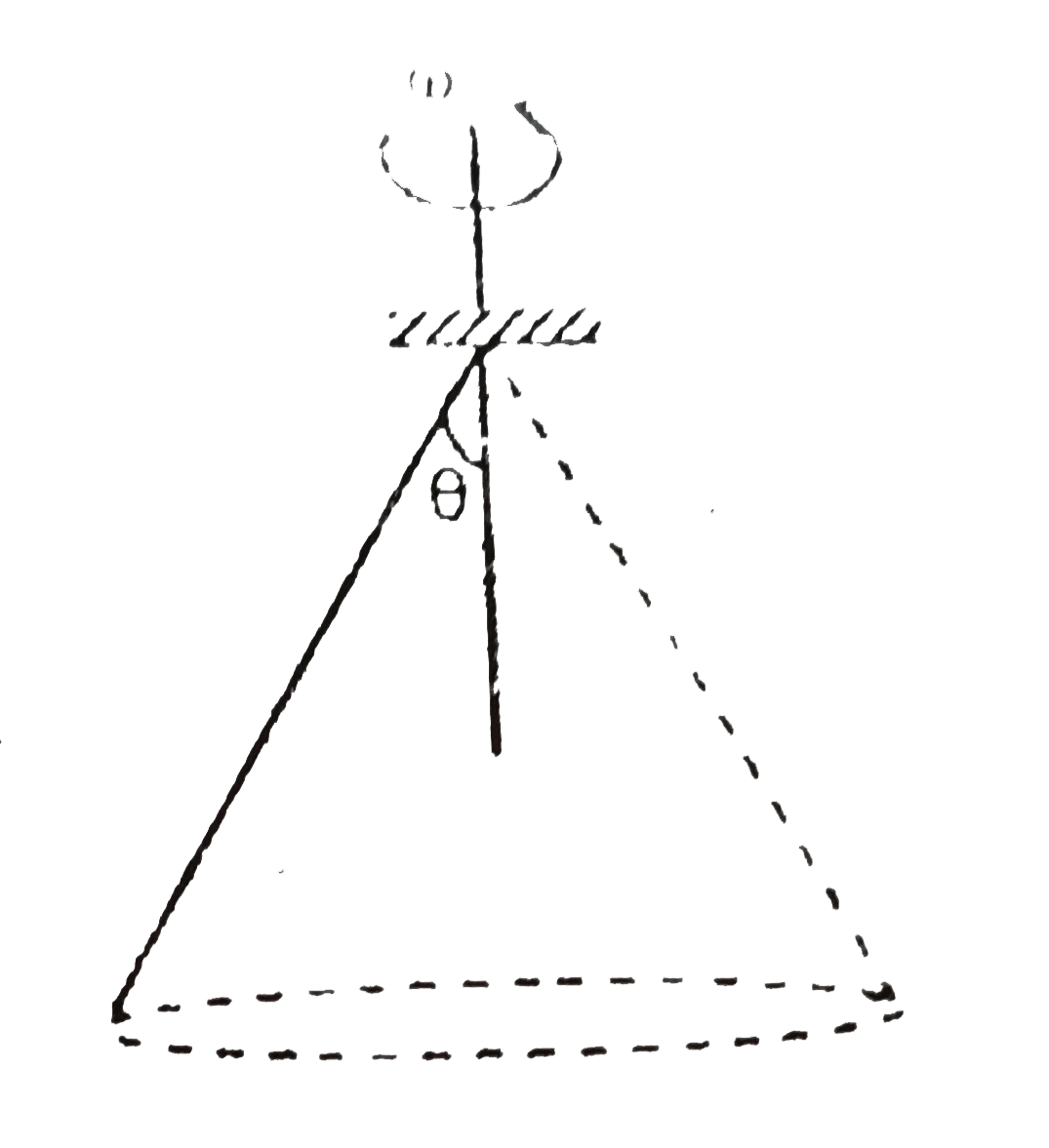define the rate of change of angular momentum
To define the rate of change of angular momentum, we can follow these steps:
1. Understanding Angular Momentum:
- Angular momentum (L) of a body is defined as the product of its moment of inertia (I) and its angular velocity (ω). Mathematically, this is expressed as:
L=I⋅ω
2. Rate of Change of Angular Momentum:
- The rate of change of angular momentum with respect to time is represented as:
dLdt
- This indicates how the angular momentum changes as time progresses.
3. Applying the Product Rule:
- Since angular momentum (L) is a product of moment of inertia (I) and angular velocity (ω), we can use the product rule of differentiation:
dLdt=d(I⋅ω)dt
- If the moment of inertia (I) is constant (which is often the case), we can simplify this to:
dLdt=I⋅dωdt
4. Identifying Angular Acceleration:
- The term dωdt represents angular acceleration (α). Therefore, we can rewrite the equation as:
dLdt=I⋅α
5. Relating Torque to Angular Momentum:
- From rotational dynamics, we know that torque (τ) is related to angular acceleration by the equation:
τ=I⋅α
- Thus, we can equate the rate of change of angular momentum to torque:
dLdt=τ
6. Conclusion:
- Therefore, we can conclude that the rate of change of angular momentum is equal to the torque applied to the body:
Torque=dLdt
Final Definition:
The rate of change of angular momentum is defined as the torque acting on an object.
---
- Angular momentum (L) of a body is defined as the product of its moment of inertia (I) and its angular velocity (ω). Mathematically, this is expressed as:
L=I⋅ω
- The rate of change of angular momentum with respect to time is represented as:
dLdt
- This indicates how the angular momentum changes as time progresses.
- Since angular momentum (L) is a product of moment of inertia (I) and angular velocity (ω), we can use the product rule of differentiation:
dLdt=d(I⋅ω)dt
- If the moment of inertia (I) is constant (which is often the case), we can simplify this to:
dLdt=I⋅dωdt
- The term dωdt represents angular acceleration (α). Therefore, we can rewrite the equation as:
dLdt=I⋅α
- From rotational dynamics, we know that torque (τ) is related to angular acceleration by the equation:
τ=I⋅α
- Thus, we can equate the rate of change of angular momentum to torque:
dLdt=τ
- Therefore, we can conclude that the rate of change of angular momentum is equal to the torque applied to the body:
Torque=dLdt
The rate of change of angular momentum is defined as the torque acting on an object.
Topper's Solved these Questions
- BOOK - SL ARORACHAPTER - System of particles & rotational MotionEXERCISE - EXERCISE353videos
System of particles & rotational Motion
- BOOK - SL ARORACHAPTER - ROTATIONAL MOTIONEXERCISE - Problem for self practice90videos
ROTATIONAL MOTION
- BOOK - SL ARORACHAPTER - Thermal Properties of MatterEXERCISE - Exercise449videos
Thermal Properties of Matter
Similar Questions
Knowledge Check
- Question 1 - Select One
A rod of mass m and length l is rotating about a fixed point in the ceiling with an angular velocity ω as shown in the figure. The rod maintains a constant angle θ with the vertical.
What is the rate of change of angular momentum of the rod ?
 Amω2l2sinθ6Bmω2l2sin2θ6Cmω2l2sin2θ6Dmω2l2cos2θ6
Amω2l2sinθ6Bmω2l2sin2θ6Cmω2l2sin2θ6Dmω2l2cos2θ6 - Question 2 - Select One
A : If angular momentum of an object is constant about a point then net torque on it about that point is zero.
R : Torque is equal to the rate of change of angular momentum.AIf both Assertion & Reason are true and the reason is the correct explanation of the assertion,BIf both Assertion & Reason are true but the reason is not the correct explanation of the assertion,CIf Assertion is true statement but Reason is false,DIf both Assertion and Reason are false statements, - Question 3 - Select One
Angular momentum is
Amoment of momentumBproduct of mass and angular velocityCproduct of moment of inertia and velocityDmoment in angular motion
Statement -1 : Torque is equal to rate of change of angular momentum .
Statement -2: Angular momentum depends on moment of inertia and angular velocity.View SolutionWhich physical quantities are expressed by the following :
(i) rate of change of angular momentum
(ii) moment of linear momentum ?View SolutionAngular momentum is
View SolutionAngular momentum is
View SolutionThe rate of change of angular momentum is called
View Solution

